Natural landscapes of Kakadu National Park, Northern Territory
Article about a unique RAMSAR landscape and UNESCO world heritage site explored and part of a small group tour for mature and senior travellers couples and singles based in Darwin. Landscape, wildlife, and aboriginal history and settlement plus African mystery are part of this and other articles on Kakadu.
23 Jun 20 · 10 mins read

Landscapes of Kakadu National Park, Northern Territory
Australia’s largest national park (and one of the largest in the world’s tropics), Kakadu is a place of rare majesty, a land of rugged escarpments, lush rainforest, and thundering waterfalls; inhabited for over 60,000 years by the world’s oldest living culture.
Kakadu was declared a national park in 1979 and placed on the UNESCO World Heritage List in 1981, one of the first Australian sites to be listed. It is one of only four places in Australia inscribed for both cultural and natural values, recognised as ‘a living cultural landscape with exceptional natural and cultural values’. In addition to its ancient Aboriginal history, Kakadu preserves the greatest variety of ecosystems on the Australian continent. Barely settled by Europeans, virtually every species found in Kakadu before colonisation remains in the park today.
Landforms and ecosystems of Kakadu:
At 19,804 km squared, Kakadu National Park protects a region roughly the size of Wales, a third the size of Tasmania, and half the size of Switzerland. The park stretches from the Wildman River in the west to the Arnhem Land escarpment to the east; from the Van Diemen Gulf in the north, to Pine Creek and Nitmiluk National Park in the south. It protects four major river systems, including the East Alligator River, the West Alligator River, the Wildman River, and the entire South Alligator River catchment.
Kakadu is regarded as having six distinct landforms, each constituting a unique ecosystem. The Arnhem Land plateau and escarpment – also known as ‘stone country’ – and southern hills and basins take up around 1/3 of the park. This is primarily the Arnhem Land plateau, the escarpment, and the ‘outliers’ or sandstone rock formations detached from the plateau. Prominent ‘outliers’ include Nourlangie Rock and Ubirr Rock (both of which are home to extensive collections of Aboriginal art) and Mt Brockman.
The escarpment runs for around 500 kilometres on its western margin (including parts of Nitmiluk National Park, home to Katherine Gorge, to the south), and has an overall height of around 300 metres. It offers some of the most dramatic scenery in Kakadu, including Gunlom Plunge Pool, Jim Jim Waterfall, and Twin Falls.
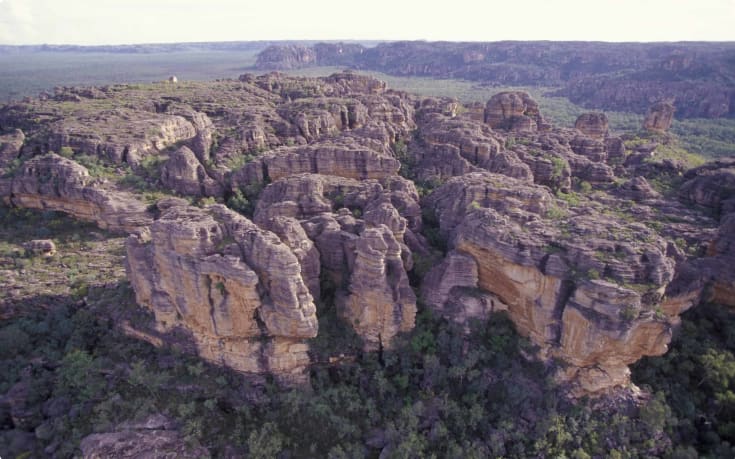
The most ancient rocks in Kakadu are some of the oldest in the world, formed 2.5 billion years ago, while the Arnhem Land plateau was laid down 1.6 billion years ago.
Between 500 and 140 million years ago, a shallow sea spread across the area. The older sandstone was eroded into sea cliffs – forming the spectacular escarpment we see today – while islands were separated from the land, creating today’s ‘outliers’.
At least 11 plant species have been found to be ‘endemic’ to Kakadu ‘stone country’. They survive extremely hot, waterless country for much of the year. Reduction grasses are well adapted to these conditions, dehydrating in the absence of moisture, and springing to life within twenty-four hours of rain. The area is also commonly home to spinifex and sandstone pandanus, which are endemic to the sandstone areas of Kakadu and Arnhem Land.
Along the Arnhem Land escarpment, creeks have created deep incisions, forming gorges in which tall monsoon forest grows. The water that seeps from rock walls and deep alluvial soils provide an important micro-environment for plants and animals, with many animals seeking refuge in these areas in the drier seasons. These gorges are dominated by the Allosyncarpia ternata, a large, shady tree found only in Kakadu and Arnhem Land.
The southern hills and basins are dominated by the salmon gum, which sheds its old white bark to reveal a salmon-coated tree. Other plants seen along waterways here include the freshwater mangrove, silver-leafed paperbark, and water pandanus. The Koolpin box is endemic to this area, with two known populations near Jarrangbarnmi (Koolpin Gorge).
Endemic animals to Kakadu ‘stone country’ include the chestnut-quilled rock pigeon, the black wallaroo, the white-throated grass wren, the rock ringtail possum, the giant cave gecko, Leichhardt’s grasshopper, and the four-metre long Oenpelli python.
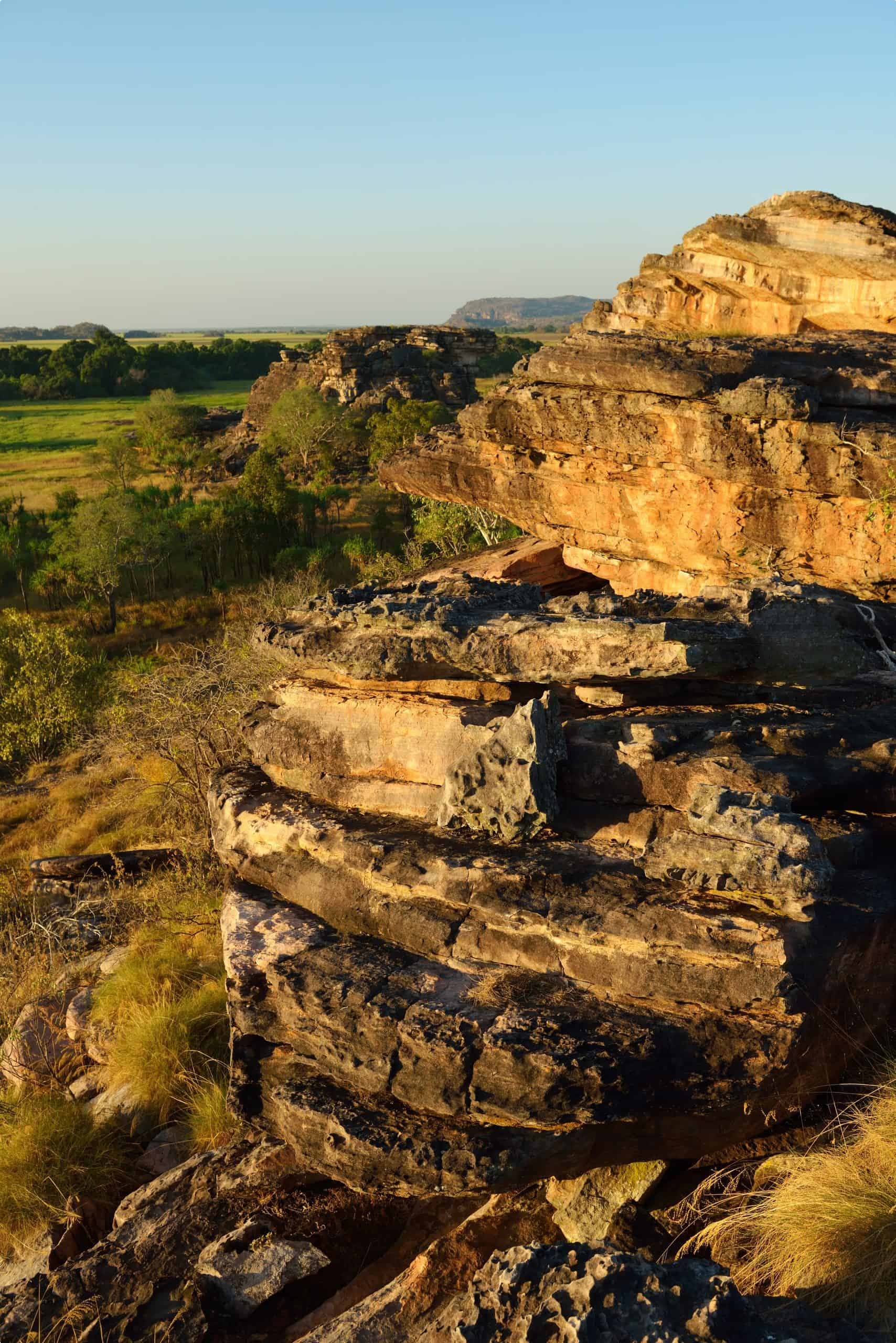
By contrast, the Kakadu lowlands, which cover around half of the park, are a much more geologically recent environment. They are a dynamic environment, continually shaped by the seasons, as sand and silt is eroded from rocks and deposited elsewhere by wet season waters.
The lowlands are dominated by savanna, ranging in form from open forest to woodland to treeless grassland. These areas are among the largest tracts of virgin eucalypt forest in Australia. Near waterbodies, Ghost Gum dominates, but elsewhere Darwin Stringybark, Darwin Wollybutt, and Cooktown Ironwood are the main tree species. Other plants found here include the Billy Goat plum, which bears edible fruits noted for a high content of Vitamin C; Turkey Bush, which bears pink-purple flowers during the drier seasons; and Swamp banksia, the only banksia found in the Top End.
The lowland areas are particularly rich in wildlife. Watercourses provide an ideal environment for a number of birds, including honeyeaters, parrots, and cockatoos. Other birds found in the area include the northern rosella, the partridge pigeon, the blue-winged kookaburra, and the barking owl. The area is also home to a number of mammals, including the fine-featured agile wallaby, brown bandicoots, and dingoes, wild dogs thought to have been introduced to Australia around 5000-6000 years ago.
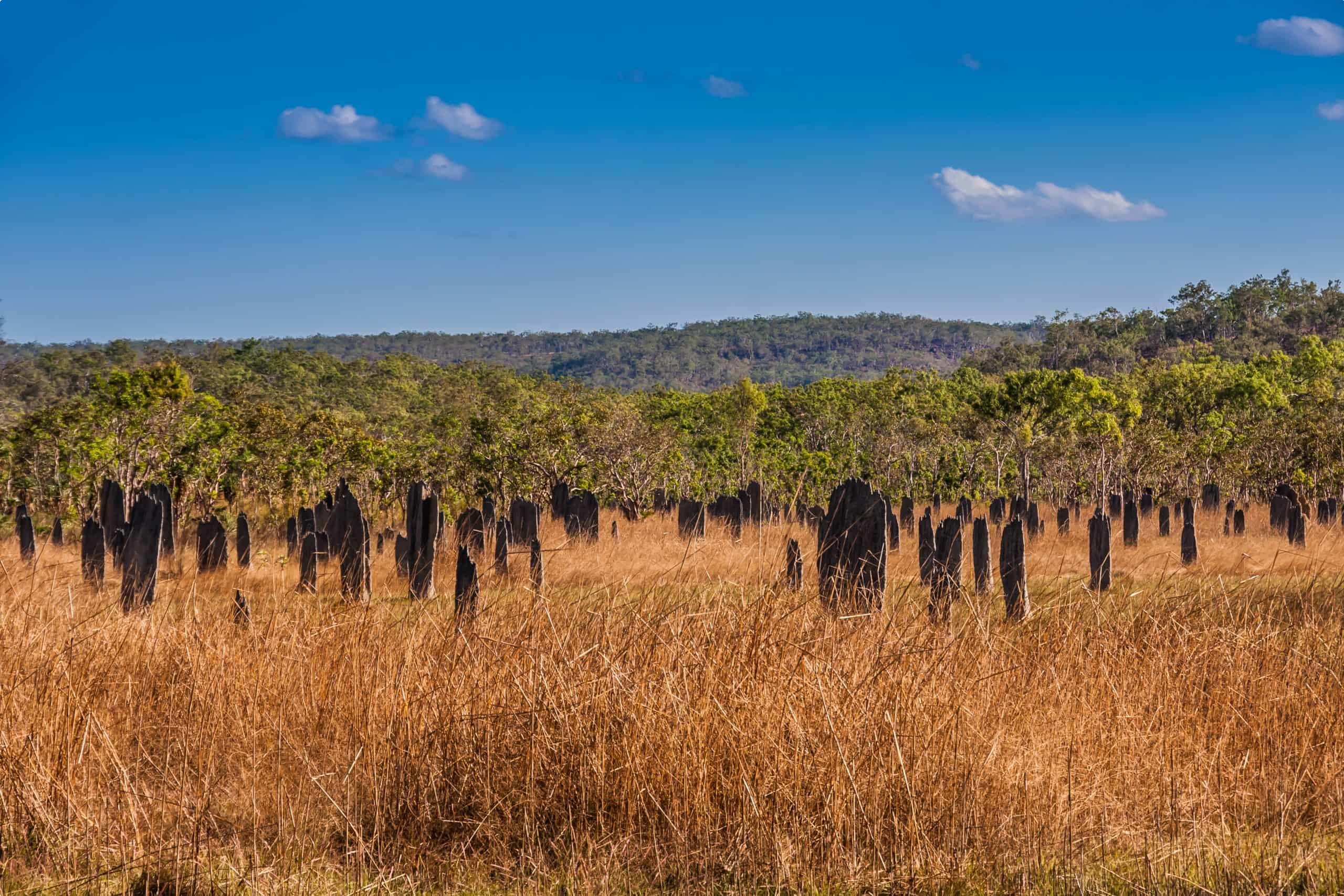
Kakadu’s striking termite mounds are mostly found in the lowlands. Inside each is a network of tunnels and chambers, that serve as passageways to food and water, nurseries and places for storing food.
The floodplains – also known as ‘wetlands’ – serve as drainage for the park’s four river systems. These undergo dramatic seasonal changes, with the landscape flooded during the wet season, while during the dry, the water recedes into rivers, creeks, and billabongs. Nutrient-rich soils are carried in the floodwaters, giving the floodplains a rich collection of plant and animal life. In areas where the landscape is flooded for several months, grasses and sedge rushes dominate, while mangroves, pandanus and paperbarks are found on higher ground.
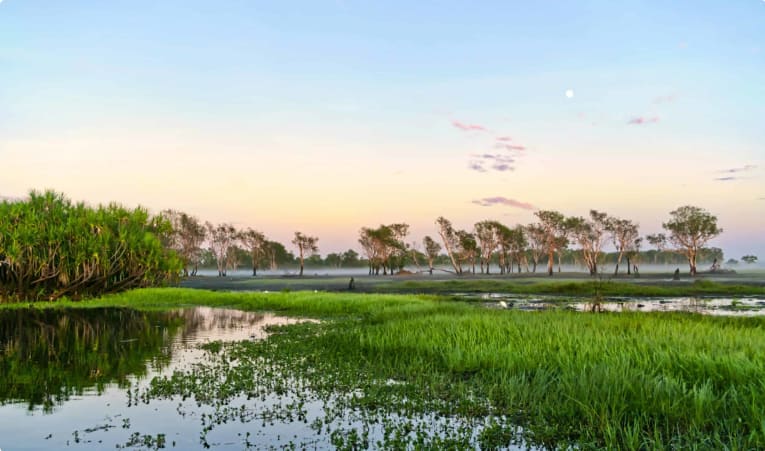
These extensive floodplains are listed as a Ramsar wetland of international importance, attracting up to three million waterbirds each year, including egrets, brolga, jabiru, and comb-crested jacana. In the dry season, the wetlands are important refuges and feeding places for native waterbirds, including magpie geese, green pygmy geese, the Burdekin duck, and the wandering whistling duck. In the wet season, Kakadu park is a major staging point for migratory birds, many of which come from the sub-Arctic region, flying south at the end of the northern summer for warmer climates. Saltwater crocodiles are often found in both salt and fresh water.
Around 10,000 years ago, with the rising of the sea at the end of the Ice Age, these freshwater floodplains were swamped by the sea, forming mangrove swamps during what is known as the ‘estuarine period’. Around 7000 years ago, the sea retreated, forming the freshwater swamps we encounter today.
The estuaries and tidal flats fringe Kakadu’s Van Diemen Gulf coastline and the lower sections of the South and East Alligator Rivers, constituting almost 500 square kilometres in total. By the coast, this area is dominated by mangrove forest, and further inland by mangrove swamp, samphire flat, and monsoon rainforest. Kakadu is home to 39 out of 47 total mangrove species in the Northern Territory.
The shape of the estuaries and tidal flats vary markedly between the wet and dry seasons, as silt is deposited during the dry and eroded during the wet, creating the muddy waters of Kakadu’s coastline.

The estuaries and tidal flats are an important nursery for fish, including barramundi. They also attract a number of birds, including the chestnut rail, the collared kingfisher, the broad-billed flycatcher, the black butcherbird, the mangrove warbler, and the red-headed honeyeater. The beaches of West Alligator Head and Field Island are used as a nesting ground by turtles.
In total, Kakadu is home to more than 2,000 plant species, 77 species of mammals, 271 bird species, 132 reptiles, 27 frogs, 314 fish species and over 10,000 species of insect. It houses over a quarter of Australia’s species of land mammals, and more than one-third Australia’s bird species, and is still home to virtually every species present in the area before colonisation. The national park is also home to over 75 threatened species, likely more than any other Australian nature reserve.
The six seasons of Kakadu:
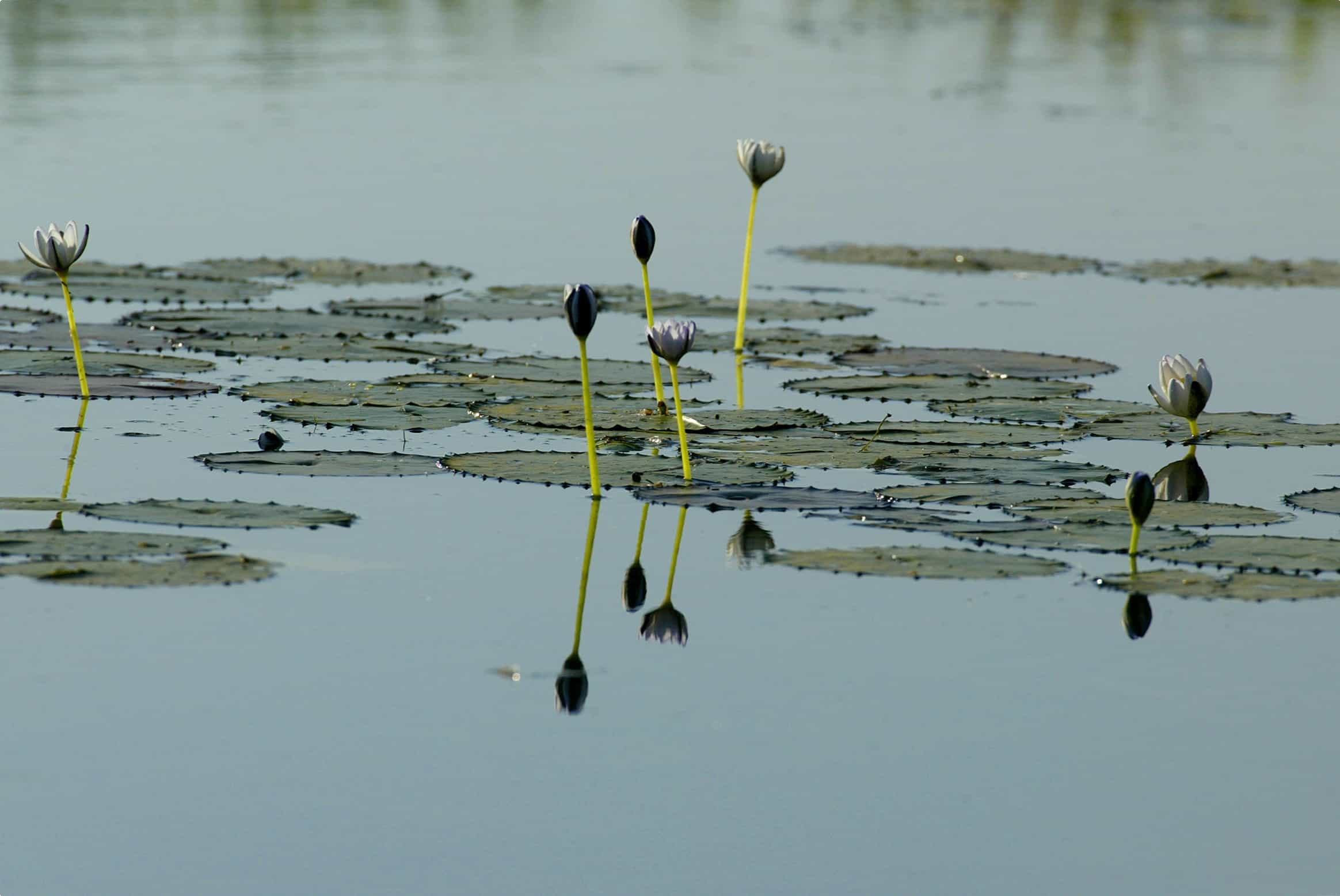
Kakadu, like most of Northern Australia, has a tropical climate. European settlers have understood this as marked by two contrasting seasons – wet and dry. The fossil records of sand dunes in inland lakes show us that the waxing and waning floods of the monsoon have defined the climate here for 300, 000 years. Some suggest that it may be even older, millions of years old, though this cannot be proven by the geological record.
The wet is formed thanks to the confluence of dry winds from high-pressure systems in southern Australia, and cold air from the Northern Hemisphere, which becomes warm and humid as it crosses the tropics. Together, they form the monsoon trough, which is positioned over Australia from December-March. The intensity of the monsoon varies according to the position of the monsoon trough and the strength of the two air systems. Today, CSIRO climate modellers warn that the wet is becoming shorter but heavier, and that tropical cyclones are becoming more frequent.
By contrast, the Bininj/Mungguy Aboriginal people, the traditional owners of Kakadu, have understood the landscape as marked by six distinct seasons, drawing on indicators including weather features, leaf growth and flowering of specific species, the emergence of cicadas, the preponderance of fire smoke, and the nesting of the freshwater crocodile.
The six seasons recognised by the Bininj/Mungguy are:
- Gudjewg, or monsoon season is the ‘true’ wet season. Lasting from December to March, gudjewg is defined by electrifying thunderstorms, heavy rain and flooding, and vivid green landscapes, among the most bountiful in Australia. Water thunders over the waterfalls of the Arnhem Land escarpment. Frogs call out and birds nest, but the monsoon also brings the dangers of box jellyfish and plagues of disease-carrying mosquitoes.
- Banggerreng (‘knock ’em down storm season’) in April marks the point at which the rain ends and clear skies are seen, as the floodwater recedes into streams. The ‘knock ’em down storms’ refer to the violent, windy storms at the start of April, which flatten the spear grass of Kakadu’s lowlands. This season marks the beginning of the yam harvest. Aboriginal communities across the Top End collect bark from stringy-bark trees, which is then flattened over fire and under rocks, for use as a canvas for bark paintings.
- Yegge is a cooler but still humid season, lasting from May to mid-June, in which early morning mists hang over the plains and waterholes. Turkey bushes and waterlilies are in flower, while the freshwater crocodile lays its eggs.
- Wurrgeng, from mid-June to mid-August, is the ‘cold weather time’, in which humidity is low and the floodplains dry out. Overcast and windy days are uncommon. The Scarlet Gum, the Wollybutt, and the Stringybark are in full blossom and a number of mammals are breeding, including the Northern Quoll, the Sugar Glider, and the Spiny Anteater. This is the time to collect honey produced by native bees.
- Gurrung, mid-August to mid-October, is hot and dry, with temperatures reaching up to 37 degrees. The green landscape takes on a scorched ochre hue, dotted by termite mounds, as termites protect themselves from the dry weather.
- Gunumeleng is the pre-Monsoon season, lasting from mid-October to mid-December. Humidity is high – often around 90 percent, on a 32 degree day – with storms building in the mid-afternoon. This season is often referred to as the ‘build up’ in the Kimberley, or the ‘sweat season’ by radio announcers in the top end. Flying-foxes feast on mangoes, frill-necked lizards emerge, the koel (or storm bird) makes its haunting call, and millions of termites emerge from their mounds. Tamarind, boab, ironwood, apple gum, ghost gum, sand palm and pandanus trees flower, and deciduous trees develop new leaves, replacing those shed in the drier seasons.
Kakadu’s animals are perfectly adapted to the changing seasons. The northern long-necked turtle, for instance, which lives on freshwater floodplains and isolated billabongs, has a remarkable reproductive system. Female turtles lay eggs underwater on the margins of swamps flooded by wet season rains. The eggs remain in stasis until the drying of the swamps, late in the dry season. Hatchlings emerge at the beginning of the next wet. Adult turtles enter a torpor during the dry, broken with the coming of the next wet. Similarly, termites adapt to the wet/dry cycle by building a permanent wet-season environment within their mounds.
Tour of Kakadu
Odyssey Traveller visits Kakadu National Park as part of our tour of Kakadu and the Northern Territory. Beginning and ending in Darwin, our Kakadu tours spend six nights total in lodge accommodation in Jabiru, Kakadu (not camping), so that you have plenty of time to explore the diverse ecosystems of the national park. We enjoy a Yellow Water Cruise of the Yellow Water Billabong and see the diverse wildlife of the Kakadu floodplains – including the saltwater crocodile in its natural habitat!
Our tour also delves into the Aboriginal culture of the park, exploring archaeological sites and visiting ancient rock art. Kakadu is home to over 5000 pieces of ancient Aboriginal rock art. Today local Indigenous people work with each park ranger, utilising Aboriginal land management techniques to preserve the park’s unique ecosystems.
Our trip through the Northern Territory ‘Top End’ goes beyond Kakadu. We head into Arnhem Land, a centre of indigenous culture. We visit the Territory Wildlife Park and the Fogg River Conservation Reserve in the Mary River Wetlands. On our way back to Darwin, we visit historic Pine Creek and Litchfield National Park, before returning to the city via the Stuart Highway. Our Litchfield tour includes stunning waterfalls and pristine Buley Rockhole. We will also make a trip into Arnhem Land, a stronghold of Aboriginal culture and a place of great natural beauty.
Odyssey Traveller has been serving world travellers since 1983. Our Kakadu tour is designed especially for mature aged and senior travellers, who want to get off the beaten path in a small group tour of upto 12 people.. We don’t just stick to the highlights of the typical Kakadu day tour, but take time to learn about our destination. Our tour price includes transport (suited both to the sealed roads of the Kakadu Highway and Arnhem Highway, and the remoter dirt roads), lodge accommodation, and several meals, including breakfasts, picnic lunch, and group dinners.
We now offer a number of outback and other Australia tours – click here for more information.
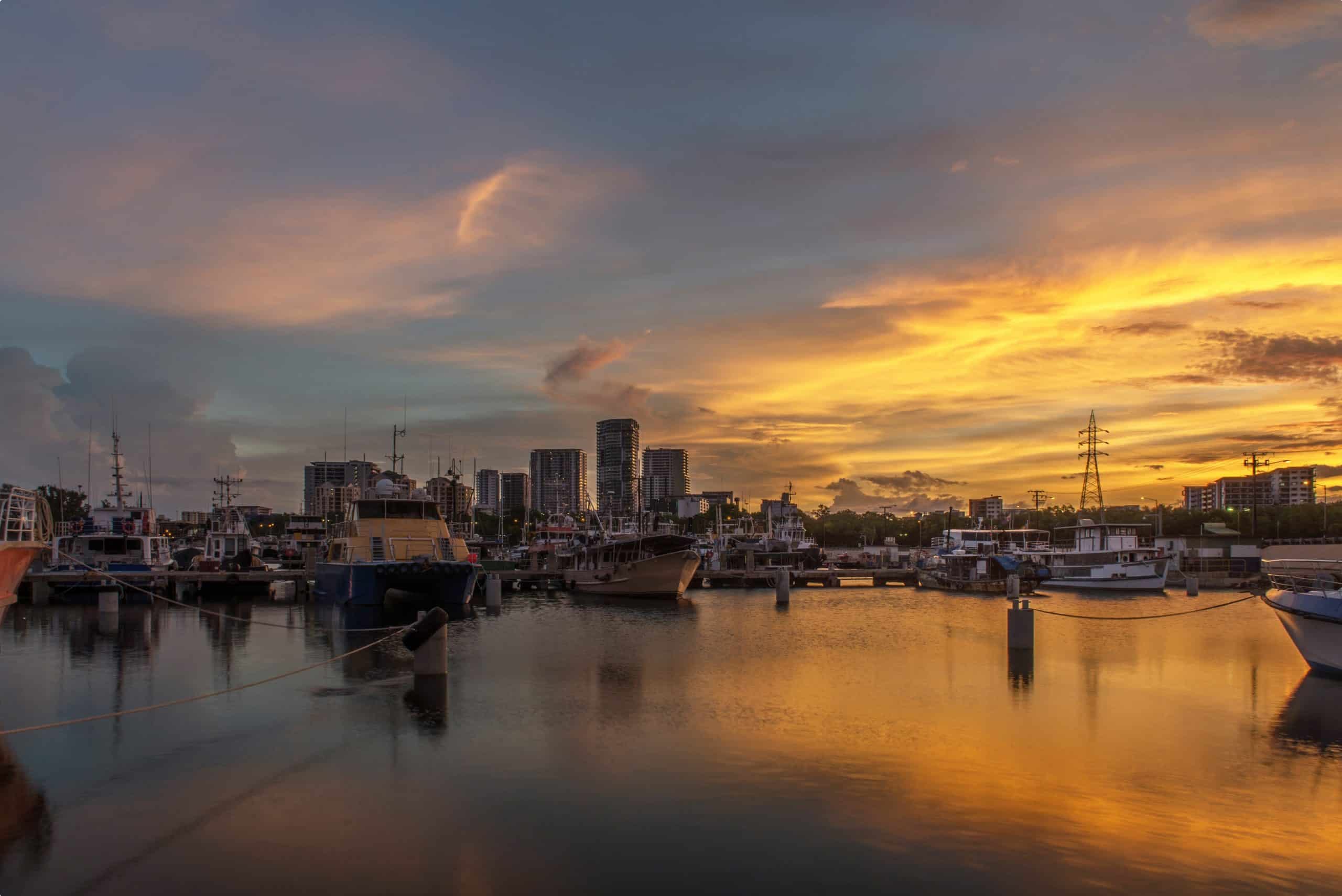
Articles about Australia published by Odyssey Traveller:
- The Kimberley: A Definitive Guide
- Uncovering the Ancient History of Aboriginal Australia
- Aboriginal Land Use in the Mallee
- Understanding Aboriginal Aquaculture
- Mallee and Mulga: Two Iconic and Typically Inland Australian Plant Communities (By Dr. Sandy Scott).
- The Australian Outback: A Definitive Guide
For all the articles Odyssey Traveller has published for mature aged and senior travellers, click through on this link.
External articles to assist you on your visit to Kakadu and Australia:
Selected small group package tours of Australia.

days
Jun, Jul, Sep, Feb, Mar +1Darwin and Kakadu small group tour
Visiting Northern Territory
Explore and learn as part of a small group tour for seniors on this package tour to Darwin and Kakadu National park, a UNESCO world heritage site. This program also visits Arnhem land. Our focus is on ecology, landscapes and history on this 14 day program in the far north of the Northern Territory.

13 days
May, Jun, Jul, Aug, SepSmall group tour of Australia's Kimberley
Visiting Western Australia
Escorted small group tour of the Kimberley. We explore and visit The Bungles, Bell Gorge, Mitchell plateau & Halls Creek in the dry season. Amazing landscapes intertwined with Aboriginal communities resident more than 45,000 years.
From A$15,390 AUD
View Tour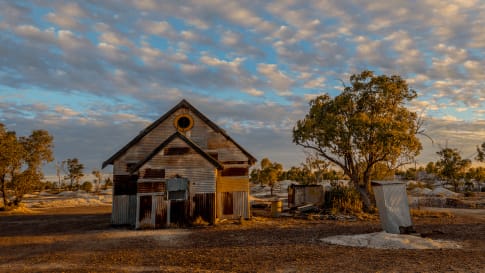
days
Mar, Apr, May, Jul, Aug +2Small group tour of outback Queensland
Visiting New South Wales, Queensland
To Dubbo and back, this small group tour takes you to learn about the Brewarrina fish traps, we travel high up into North Queensland to see the Dinosaurs of Winton and incredible Aboriginal rock art at Cathedral gorge and learn about opal mining and the history of Lightning ridge.
Articles about Australia
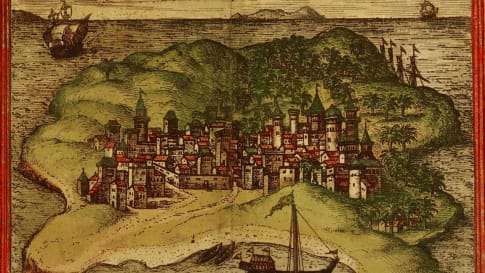
Archaeological mysteries of Australia: How did a 12th century African coin reach Arnhem Land?
Consider the impact of Portuguese, Spanish and Chinese followed by the Dutch trading in the Spice islands to the North of Australia from the 11th century. The probability of African coins reaching a beach become real. Learn more on a small group package tour to Kakadu and Arnhem land or the Kimberley where shipwrecks have been found to consider the impact on Aboriginal history and rock art. Tours for seniors couples and singles.
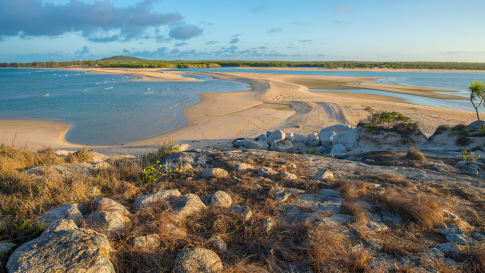
Arnhem Land, Northern Territory
To enter Arnhem land a permit is required for visitors. Explore and learn about the Aboriginal community in Arnhem land as part of a small group package tour that includes Darwin and the Kakadu. These are small group tours of upto 12 like minded mature and senior travellers, couples or solo travellers interested in exploring as they tour.

Aboriginal history and culture of Kakadu National Park, Northern Territory
For those seek to learn as they travel then the history of the Aboriginal journey and timelines that unfold as a discovery in Australia seek to fascinate the mature and senior traveller on a small group package tour for couples and singles. From Darwin, this tour also visits Arnhem land as well as Kakadu, during the dry season.

The Australian Outback: A Definitive Guide
Explore learn and consider what is the outback in this article. For mature and senior travelers considering joining a small group package tours into the outback to see, learn and explore about this unique place, not only the landscape but the Aboriginal approach to living. On each of the tours for couples and the single traveler you learn something different but fascinating, from Outback Queensland, the Flinders, Broken Hill and the Kimberley and the wildflowers all contribute to this question, what is the outback?
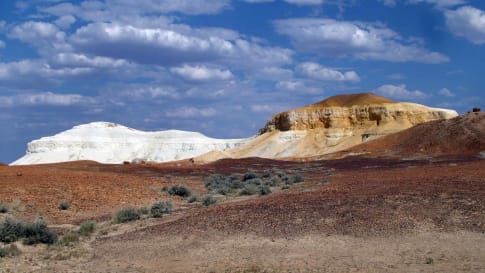
The Kimberley: A Definitive Guide
This article supports the small group package tours for mature and senior travellers, couples and solo travellers to Western Australia's Kimberley region. Learn about the wet and dry seasons and the fascinating Aboriginal history as well as the Bungle Bungles, Lake Argyle, Halls creek and resort of Broome.
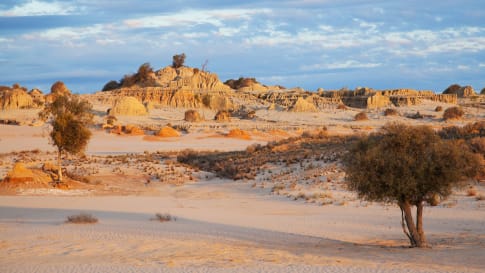
Uncovering the ancient history of Aboriginal Australia
For small group escorted tours of Australia in Queensland, Victoria, New South Wales, South Australia, Tasmania, Western Australia and the Northern Territory a guide on Aboriginal culture for mature and senior travellers.
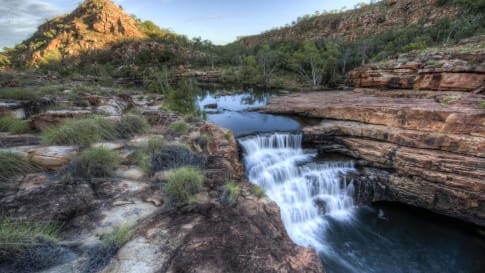
Wet and dry seasons in the Kimberley, Australia
Learn about the wet and dry season in the Kimberley to support your understanding of the Aboriginal communities lifestyle as you explore on a small group package tour for mature and senior travelers exploring as a couple or solo traveller. Read our peace of mind statement for post covid-19 travel.



